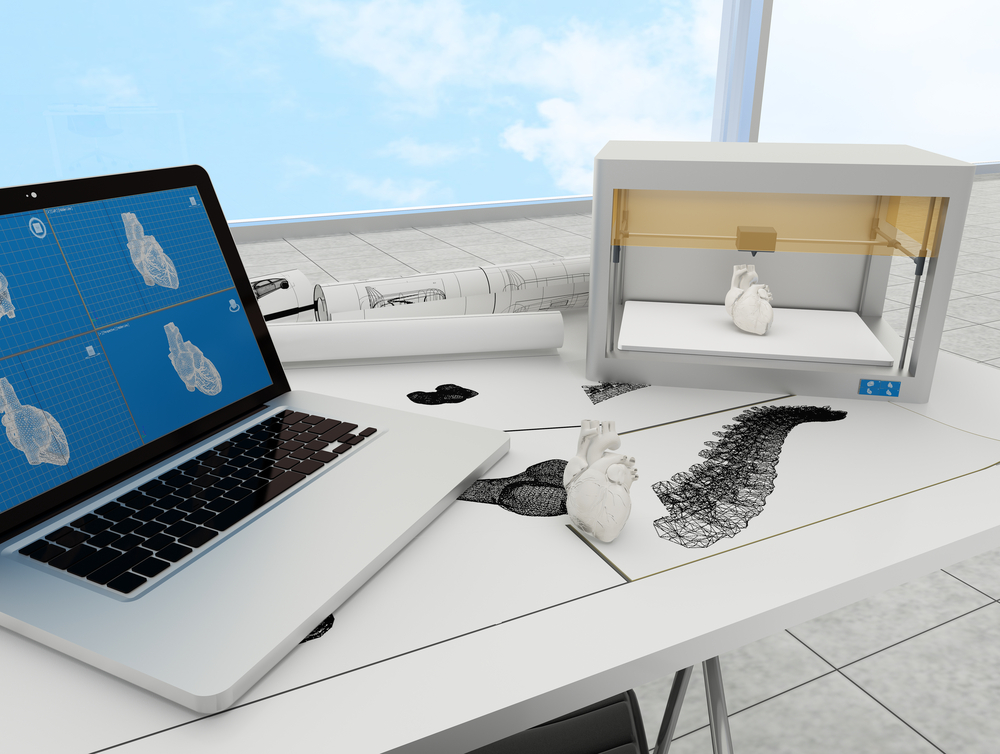This comes from the extensive work of Spanish scientists experimenting with 3-D printing human anatomy—new findings have enabled a series of successes including transplanted artificial blood vessels into monkeys and 3-D printed ovaries for mice.
So how exactly does 3-D printing biology work?
There are quite a few crazy things you can print using 3D printers. Printing organs is a new trend called “bioprinting”, it originated in the early 2000s when scientists discovered that one could spray living cells through the printer’s inkjet nozzle. Using different types of cells, and combining them with binding polymers allows for the creation of custom live tissue. Once cells have been introduced into a gel-like polymer, they can be physically printed to form a 3-D structure. This then allows for the choice cells to further develop into a live organism.
What the Madrid scientists have proposed is a device that could have the potential to print replicate human organs. While the basic idea of printing human organs isn’t new, there still isn’t a practical way to 3D print complex organs such as a hear or a liver. The reason being that it is extremely hard to position cells in complex shapes without killing them. However, scientist were able to quickly and efficiently 3D print human skin, and transplant it into mice. Since the skin’s geometry is simple – flat – it is much easier to generate multiple cells without killing them.
While we may still be a few decades away from being able to 3D print complex organs such as livers, hearts, and kidneys, skin tissue is a different story. Scientists estimate that in the next 6 years, we will be able to print perfectly good skin. This artificially created skin would help burn victims, car accident survivors, and could even serve as a testing bed for pharmaceutical companies.
As our technology improves and cars are becoming more safe there will be less and less available organs for transplant. As a result, many patients may die waiting for a transplant. In fact, there are over 100,00 organs that are transplanted every year, advanced in 3D printing technology will help us save those lives without depending on organ donors.
Bioprinting is currently being review by European regulators to ensure that this 3d printed skin can be safely used on burn victims and other patients with skin diseases. Furthermore, the benefit of 3D printing tissues will save animals from being used in experiments. While 3D printing organs may be baffling to some, it is a very real trend that will be adopted before we know it.
If you liked this article, follow us on Twitter @themerklenews and make sure to subscribe to our newsletter to receive the latest bitcoin, cryptocurrency, and technology news.

